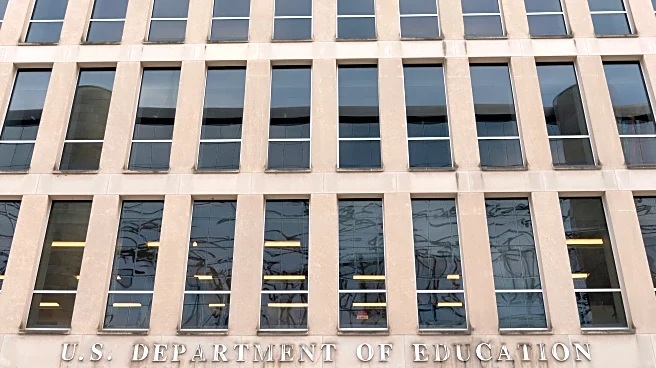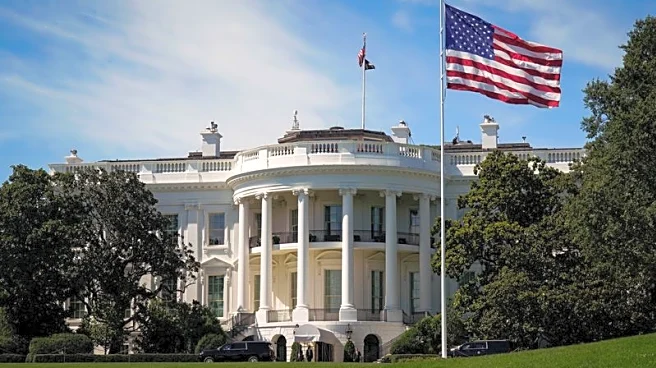What's Happening?
The Trump administration has announced new student loan forgiveness plans, restarting major loan forgiveness programs that were previously paused. The Department of Education will process loan forgiveness for eligible borrowers under income-driven repayment
plans. The new Repayment Assistance Plan, effective July 2026, will calculate monthly payments as 1% to 10% of discretionary income, replacing previous plans that calculated payments as 10% to 20%. This change could result in higher monthly payments for some borrowers, as the new plan lacks a payment cap.
Why It's Important?
The changes to student loan repayment plans are significant for millions of borrowers who rely on income-driven repayment plans. The new plan may increase financial pressure on borrowers, potentially affecting their ability to manage other expenses, including housing costs. The shift in repayment calculations could impact borrowers' financial planning and long-term economic stability. Additionally, the phase-out of existing plans may lead to increased advocacy and legal challenges from affected groups.
What's Next?
The implementation of the Repayment Assistance Plan will be closely watched by borrowers, advocacy groups, and policymakers. The potential increase in monthly payments may prompt further discussions on student loan policy and its implications for economic inequality. Stakeholders may seek adjustments or alternatives to mitigate the financial impact on borrowers. The administration's approach to student loan forgiveness will likely influence future policy debates on education financing and economic mobility.
Beyond the Headlines
The restructuring of student loan repayment plans highlights broader issues of economic inequality and access to education. It raises questions about the balance between government support and individual financial responsibility. The changes may also affect public perceptions of federal education policies and their role in promoting economic opportunity.















